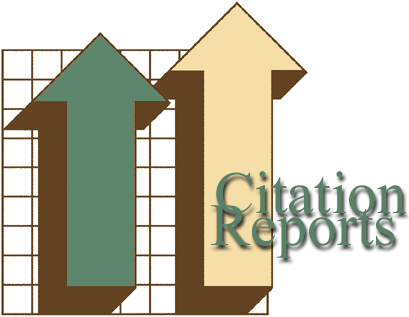
An ILL Institute Report for the years 1981-2003 covering 7361 published papers has been prepared by the Institute of Scientific Information (ISI) who publish citation indices for most scientific journals.
It is important to remember that only work containing the Institut Laue-Langevin name is considered; the work of ILL scientists done elsewhere is not included, and neither is work done at ILL but published without an ILL address, or work published in books.
A common reaction to citation numbers is that wrong results often score highly. This is true, but it is also true that papers with low citation scores are probably not as important as their authors might think (or at least have gone un-noticed). And sometimes even wrong results with a high impact influence the course of science, and are therefore useful.
Scientists are often dismayed that the number of citations to most of their papers can be counted on ten fingers ! But remember that a sum rule is operating here. The number of citations for the average paper must be just the average number of references listed at the end of a paper i.e. about a dozen. Since a few papers score over 1000 citations, many papers are rarely cited at all !
Self-citations are excluded from this database, since it is supposed to be a measure of the impact of the work on other people (for better or worse).
As with any large set of data, there are small errors. For example, the same scientist may be entered twice with slightly different spellings of his name or initials, and work is attributed to “different countries” if the addresses were given for example in the original paper as “Scotland” or “England” rather than the U.K.
Finally, frequencies of citation differ between different scientific fields, the number of scientists working in that field, the type of article and the actual journal in which it is published. For example, a review article in a popular journal may be expected to be cited more frequently. For this reason, the expected number of citations for each publication is also given.
For more information about the value and limitations of citation indexes, please refer to the Institute of Scientific Information WWW pages.